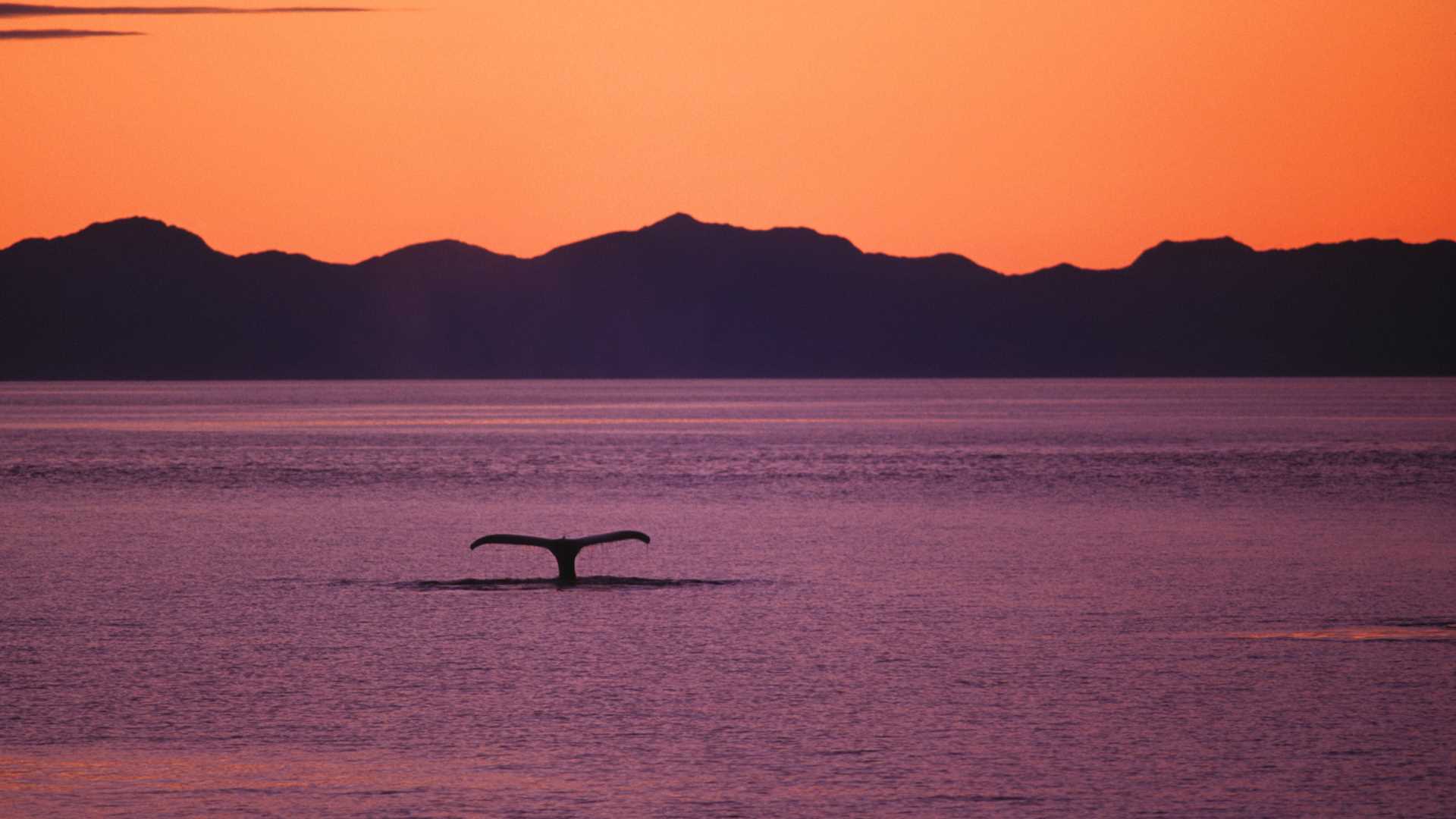Oct 2025
7 Min Read

The Alaska Whale Foundation (AWF) came about because of one man's research plans. Founded in 1996, Fred Sharpe initially set up the organization as a way of conducting research for his Ph.D. He needed a way to bring in funding to support his work. He also had a bunch of talented friends who came together and formed a small charitable organization as a way of supporting him being out on the water researching the social behaviors of the region's humpbacks. Get Inspired by Photos, Videos, Webinars, Stories, and Exclusive Offers. Sign Up
A couple of years later, a chance encounter with a researcher in British Columbia brought curious master's student (and soon to be AWF Director) Andy Szabo to the Alaska Whale Foundation. At the time, Fred’s first wave of research was winding down and the organization had started to lose a bit of direction. When Andy arrived, the previous researchers told him: “here you go, take over, you're now responsible for running the boat and raising the funds and all that”.
Andy's research first focused on studying the interaction between female humpback whales and their calves. They usually spend about a year together, but most of the studies at the time had only focused on the breeding grounds in Hawaii, where the calf spends its first three months. He wanted to study their interaction on the Alaskan feeding grounds, where the mother and calf spend the remainder of their year together, because this seemed to him like one of the most important times in the lives of these animals. It’s where the calves learn to forage and become independent.
"For my Ph.D., I shifted to a broader study of looking at the whales’ foraging ecology," explains Andy. "Why do the animals eat the different types of prey that they eat, why do they switch between different prey and why do they adopt different foraging tactics? That's the sort of research I became interested in."
And so, as the scope of the foundation's research progressed, more time was actually spent studying krill—rather than the whales themselves—and, to a lesser extent, herring using sonar and plankton net tows. That's when things had to step up within the research foundation in terms of acquiring new tools and more suitable boats.
To continue this work AWF needed more funds and more resources. As a Ph.D. researcher, Andy was able to get some of this through his connections at Oregon State University—they had a couple of bigger Zodiacs boats and a sonar system—but it still wasn't enough to fund the ambitious scope of the research.
But Lindblad Expeditions' Alaskan itineraries have always overlapped quite significantly with AWF field sites, and in 2000, the two organizations started interacting with one another. "I'd be out there doing my master's work in a 12 foot inflatable," recalls Andy, "and they'd come by with their expedition ship and call us on the radio, saying “why don't you come on board and give a talk to our guests and we'll give you a meal and a hot shower?”
Lindblad was an early supporter of the conservation organization, encouraging guests to make donations to help further AWF's good work in the region. To incentivize this, they offered guests a voucher off their next trip, matched to the same value as their donation. "It was great for us," Andy adds. "And we’ve continued to enjoy a great relationship to this day as a result."
In 2008, Lindblad chose the Alaska Whale Foundation as their regional partner in conservation. That means they are now the sole recipient of support from Lindblad Expeditions-National Geographic (LEX-NG) Fund in Alaska. According to Andy and the team, the support received has been a game changer for the foundation. All the funds that come in from Lindblad go into fuel and food—tens of thousands of dollars for a full season.
As AWF has grown as an organization, it's acquired multiple vessels, as well as a permanent research base— the Center for Coastal Conservation—in a wild and beautiful coastal ecosystem on Baranof Island. Whereas it was once just Fred or Andy, now there's typically two or three grad students at any one time, plus an endless supply of eager interns ready to help out. Naturally as a result, the foundation runs a much bigger program and of course their operating expenses are much greater than they used to be in the early days.
Through Lindblad’s support, AWF now has a commitment to the funds they need to do their basic research program from year to year. "We are very privileged," confirms Andy. "We are somewhat removed from the vagaries of shifting federal funding priorities and the competition that most organizations have with other large labs, big institutions, and big universities."
In terms of upcoming research programs, AWF has just started a new series of projects. As background: in 2016, humpback whales were removed from the endangered species list. At the same time, literally the same year, the organization started noticing declines in their abundance in Alaska, as well as observing a lot more skinny and emaciated whales. Researchers are also finding a lot more whales foregoing their migration to the breeding grounds and just sticking around Alaska to feed all winter long.
The future of AWF now focuses on addressing concerns over the health of the population and the actual health of individual whales. It will be at least a three year project and it likely will only grow from there.
Join one of our Alaska itineraries to experience humpback whales in the wild and to learn more about the Alaska Whale Foundation.